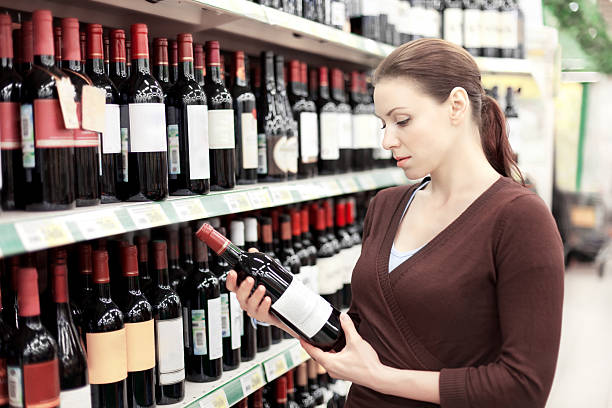Introduction
Wine appreciation is a sensory journey, and one of the first aspects that captivate our attention is the color of the wine. The hues and shades within a glass can provide valuable insights into the wine’s age, grape variety, and even potential faults. This guide aims to unravel the mysteries behind wine color, offering a deeper understanding of its significance and providing practical tips on how to evaluate it like a seasoned sommelier.
The Science of Wine Color
Anthocyanins and other pigments: Understanding the compounds responsible for wine color, including anthocyanins, which are found in grape skins.
Grape variety influence: How different grape varieties contribute to varying shades and intensities of color.
Aging process: The evolution of wine color as it matures, with red wines generally transitioning from vibrant hues to more brick or amber tones.
Red Wines
Young reds: Vibrant purples and ruby reds.
Mature reds: Brick, garnet, or tawny hues.
Brownish tints: Indications of oxidation or aging issues.
White Wines
Young whites: Pale straw or greenish tones.
Aged whites: Deepening into golden or amber shades.
Browning or cloudiness: Potential signs of oxidation or faults.
Rosé Wines
Spectrum of pinks: From pale salmon to deep rose.
Clarity and brightness: Indicators of quality and winemaking techniques.
Observation
Background and lighting: The impact of environmental factors on perception.
Tilted glass method: Examining color intensity at the wine’s core and rim.
Color Associations
Red wines: Clues about grape variety and aging potential.
White wines: Insights into varietal characteristics and potential aging.
Swirling and Legs
Swirling to oxygenate: Enhancing aroma release and observing ‘tears’ or ‘legs.’
Legs as an alcohol indicator: Understanding the correlation between alcohol content and viscosity.
Transparency and Clarity
Clear vs. cloudy: Assessing wine health and potential faults.
Sediment examination: Recognizing natural sediment or signs of aging.
Comparing Wines
Side-by-side analysis: Noting differences in color intensity, saturation, and clarity.
Identifying faults: Recognizing common color-related wine flaws.
Conclusion
Wine color is more than just a visual spectacle; it’s a roadmap to the wine’s journey from grape to glass. Armed with the knowledge of the science behind it and the ability to evaluate colors effectively, enthusiasts can elevate their wine appreciation experience. Remember, the nuances in wine color tell a story, and by unlocking its secrets, you can deepen your understanding of the diverse and fascinating world of wines. Cheers to a colorful journey in wine exploration!
